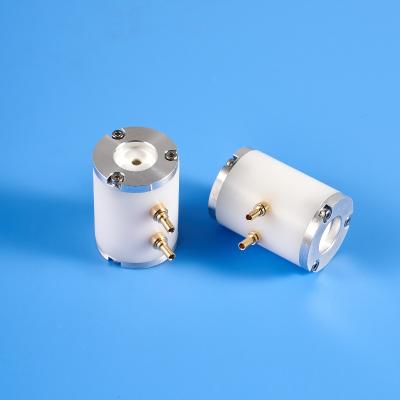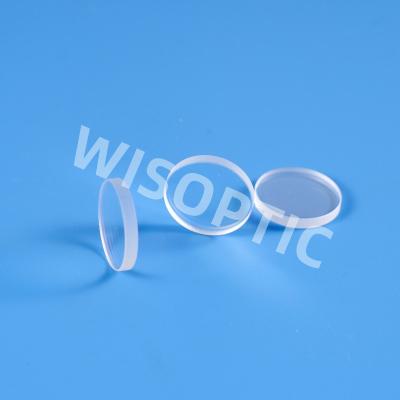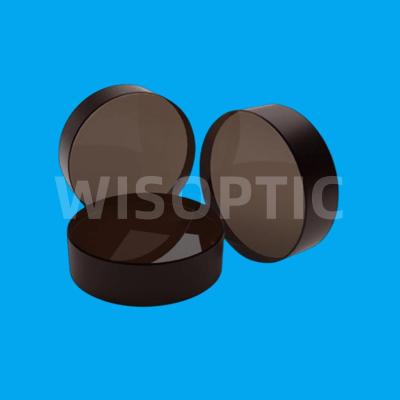Research Progress of Mid-infrared Laser Crystals - Part 05
1. 3 2 ~ 3 μm laser crystals doped with Cr2+
The mid-infrared luminescence of transition metal ions (Ni2+, Co2+, Cr2+, Fe2+, etc.) is based on 3d→3d transitions. According to the different types of sites occupied by transition metal ions in the host material, they can be divided into two categories: occupying octahedral sites with inversion symmetry (such as: Ni2+, Co2+ doped halides); Symmetric tetrahedral sites (such as: Ni2+, Co2+, Cr2+, Fe2+ doped II-VI compounds). Among them, the transition metal ions occupying the octahedral site, due to the influence of site inversion symmetry, the electric dipole transition is partially prohibited, therefore, it shows lower oscillator strength and longer lifetime, and serious excited state absorption, generally need to operate at low temperature. However, transition metal ions occupying tetrahedral sites have high oscillator strength and short lifetimes because the sites do not have inversion symmetry. At the same time, due to the relatively weak crystal field strength of the tetrahedral site, the energy level splitting of transition metal ions in this site is relatively small, so longer-wavelength mid-infrared luminescence can be obtained. Furthermore, the phonon energy of II-VI semiconductor materials is extremely low (for example, the phonon energy of ZnSe is 250 cm-1), which greatly reduces the probability of non-radiative transition and improves the fluorescence quantum efficiency. Similar to titanium sapphire, it generally has a very large emission cross section σem (10-18 cm2). Due to the above-mentioned unique advantages, transition metal ion-doped II-VI semiconductor materials, especially binary (ZnSe, ZnS, CdSe, CdS, ZnTe) and ternary (CdMnTe, CdZnTe, ZnSSe) doped with Cr2+ or Fe2+ chalcogenide crystals are currently the research hotspot of transition metal ion doped mid-infrared laser materials. Cr2+-doped laser crystals in the 2~3μm band are generally pumped by Tm fiber or solid-state laser resonance. In 2015, Mirov used a Tm fiber laser to resonantly pump Cr:ZnSe crystals to obtain a continuous laser output of 30 W and a slope efficiency of 50%.
The spin-orbit coupling and the Jahn-Teller effect further promote energy level splitting, coupled with the strong electron-phonon coupling, which greatly broadens the spectral width of Cr2+ and Fe2+, and increases the Stokes shift between the absorption spectrum and the emission spectrum. It is because of the above factors that Cr2+, Fe2+ doped II-VI group crystals and ceramics become excellent 2~5 μm tunable and ultrafast mid-infrared laser materials. In 2015, Mirov achieved Cr:ZnSe mode-locked ultrafast laser output with a peak wavelength of 2~3 μm, a peak output power of 1 GW, and a pulse width of less than 44 fs.
The main trend in the future: similar to titanium sapphire, Cr2+-doped laser crystals in the 2~3 μm band generally have a very large emission cross section σem (10-18 cm2), but the upper energy level life is short (fs), which is not conducive to energy storage. The development of ultra-short and ultra-intense lasers with higher peak power is its main direction.



